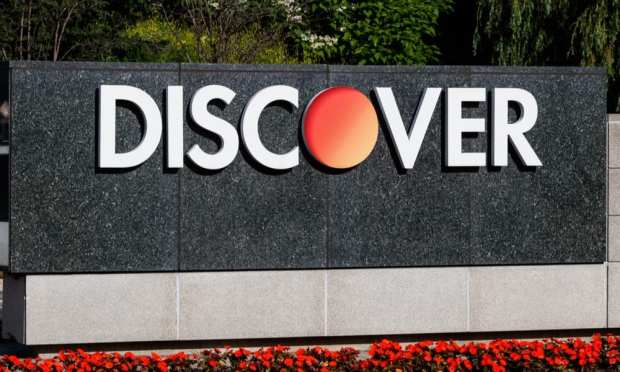Discover: 80 Pct Of Cardholders In Forbearance Paid On Accounts

Roger Hochschild, chief executive officer for Discover, said most of their customers no longer have trouble with making payments, Bloomberg reported.
“Of the customers no longer enrolled in the skip-a-payment program, more than 80% are making payments the following cycle and getting back on their feet,” he said at a virtual conference with investors Tuesday (July 9), as reported by Bloomberg.
Discover has enrolled around $3.3 billion in card loans in its forbearance program through May.
Hochschild said borrowers could have been boosted by the stimulus payments the U.S. government issued in April and May, which could’ve made forbearance less of an issue than it was early in the pandemic.
Hochschild said the re-enrollment rate in the program was “relatively low” and that many people had only done it one time.
The pandemic, which shut down the economy and left millions without work, resulting in a 14 percent unemployment rate, the highest amount since the Great Depression 100 years ago, and had many scrambling to try and make payments on a variety of things they used to have no problem paying for.
In April, while the shutdown was in full effect and people were primarily staying at home, Discover and other major companies like Capital One and Synchrony offered 30 day pauses for people to not have to worry about their credit card payments. Some companies reduced or forgave late fees, and some also forgave parts of card balances.
The effect was a mass drop in shares for those companies, with Discover and Synchrony’s dropping by over 50 percent during that time period. But Discover was among the many companies that anticipated this and set aside millions to soften the blow.
Experts are seeing signs of improvements as of late, with lenders saying they think those who were granted pauses on making payments will likely not need much more time before they’re ready to pay again.
Banks have said that many customers weren’t impacted as badly as they’d feared, and estimated that the 4 to 22 percent of customers who received reprieves from payments might not need the break for much longer.
